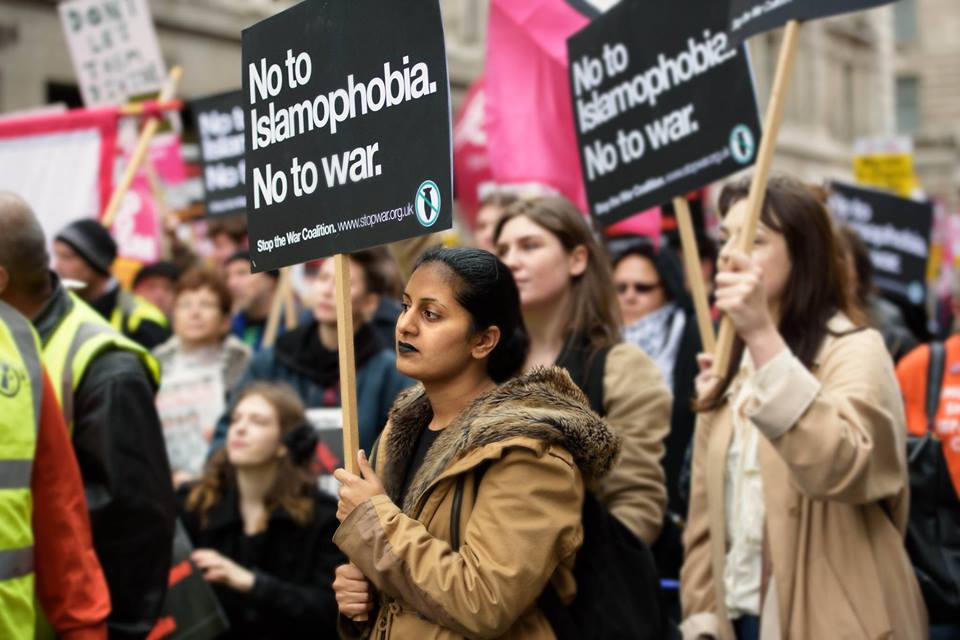The key question now is whether Putin is able to ride out the current setback and continue with the war without any threat to his survival. The answer largely depends on what happens next with the Wagner group and Prigozhin, and it is here that there is considerable uncertainty and prospects for sudden change.
Whatever Prigozhin’s personal aims, there is substantial unrest directed at Sergei Shoigu, the minister of defence, and general Valery Gerasimov, army chief of staff. Both stand accused of persistent incompetence in the conduct of the war, and appear to be the main targets for Prigozhin’s criticisms.
However far Prigozhin wanted to go with his mutiny, if these two had been deposed then his popularity with much of the Russian armed forces would have risen. But one of the most significant figures in all of this was actually general Sergei Surovikin. He was the head of Russian forces in Syria before the Ukraine conflict started and had a reputation for brutal efficiency. Quite close to Prigozhin, he was brought in by Putin last year to run the war and appeared to have some success. He was replaced last January, when Gerasimov was put in charge.
As the mutiny got under way, Surovikin put out a surprisingly strong supportive video message for Putin, which was, by implication, critical of Prigozhin. This, and the failure of army units in Russia to join the mutiny, meant that Prigozhin halted the move to Moscow and an uneasy compromise prevails, at least for now. Meanwhile, Surovikin, who may have had advance knowledge of the mutiny, has gone to ground, and as long as he remains out of the public eye there will be suspicions that Putin has sacked or even detained him.
All the uncertainty leads to a common view among Western Kremlin watchers that the past week has seriously weakened Putin’s position, but there is an alternative view, ably put by Anatol Lieven, that it may have done the opposite. He argues that while Putin created the circumstances for the mutiny, in his address to the public while the mutiny was developing, he “made clear that he had no intention of surrendering to Prigozhin’s demands, and that if he and the other Wagner leaders continued their revolt, they would be charged with treason (and, by implication, probably executed)”.
The most recent indications are that Putin is already isolating Prigozhin and Surovikin, while taking time to reassure the oligarchic elite that only he can protect them. Even if hardline Wagner mercenaries relocate to Belarus, they will be easy to track and counter.
As things stand, Putin has emerged stronger. Prigozhin, a seriously gifted self-publicist, only had one shot at achieving greater power and he has failed. That assessment could be wrong, of course, and we will see what happens in the next few days, but beyond the immediate mess, the conflict in Ukraine continues to be the dominant issue.
Paradoxically, Putin remains in power in Russia but it is Biden, as the essential provider of intelligence and other support to Ukraine, who can still go a long way to determining the outcome of the conflict. Given that a Russian defeat would be hugely dangerous because of the escalation risk, Biden may opt for a long-drawn-out conflict that systematically weakens the Russian economy, perhaps over some years.
That certainly fits in with other developments. It will be many months before the much-vaunted F-16s attack aircraft are a significant part of Ukrainian air power, and current training programmes for the Ukrainian military are already planned 18 months ahead. The UK has trained 17,000 Ukrainian soldiers in Western combat practice and its current plan is to train another 20,000 by the end of 2024.
A grim outcome all round is in prospect unless some way can be found for even short-term ceasefires, followed by slow progress towards a settlement. The happenings of the last week do not suggest that such progress is likely, so years of war may still lie ahead. A great future for the armourers but more death and suffering for many.
Source: OpenDemocracy
